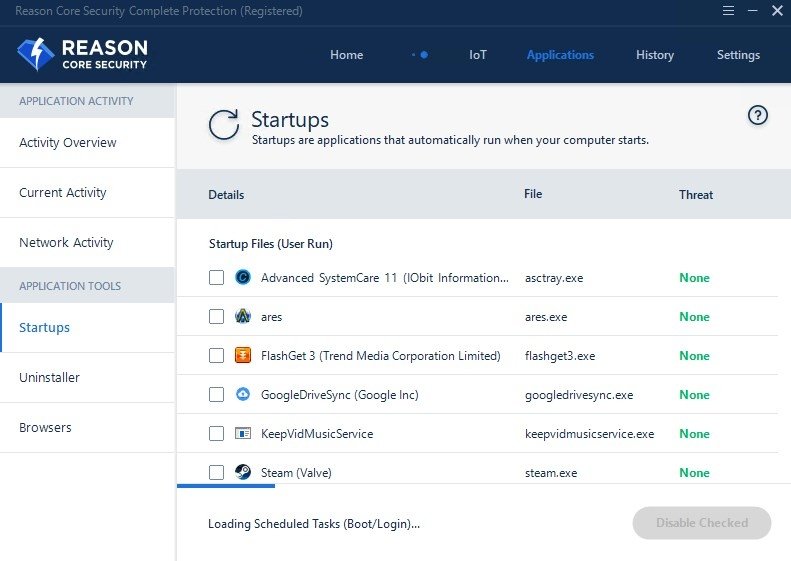
There are no ways to prevent malware attacks but there are reliable ways to detect and block attacks, thus protecting your systems from being infected by malicious software. Worm - Worms are the most common type of malware and one of the most dangerous, because they can replicate themselves without being attached to a program or run by a user.A virus can replicate itself and spread to other devices, but it must be attached to another program or executed by a user action. Virus - The oldest type of malware, viruses alters the way a computer operates.Trojan horse - A Trojan horse imitates legitimate software to deceive users into installing other malware.Spyware can also enable hackers to watch and listen through cameras and microphones. Once installed, it can log keystrokes and extract sensitive information. Spyware - Spyware is designed to gather information about a user or business.Locker ransomware restricts access to the infected device, while crypto ransomware restricts access to stored data and files. Ransomware - Ransomware restricts users from accessing a system or its data, and often threatens to publish or delete data, until ransom is paid.Rogueware - Rogueware misleads users into believing their device is infected so they will click on a fake warning, which promptly installs malware.Backdoors are meant for future use and can remain in a system for years without being noticed. Backdoor (trapdoor) - A backdoor allows cybercriminals to access a computer without the user’s knowledge.It is often used in conjunction with spyware. Adware - Adware automatically delivers advertisements to generate revenue for its creator or a third party.There are several major types of malware to keep an eye out for: New files or folders created without your permission.Redirection from a popular website to an unknown one.




 0 kommentar(er)
0 kommentar(er)
